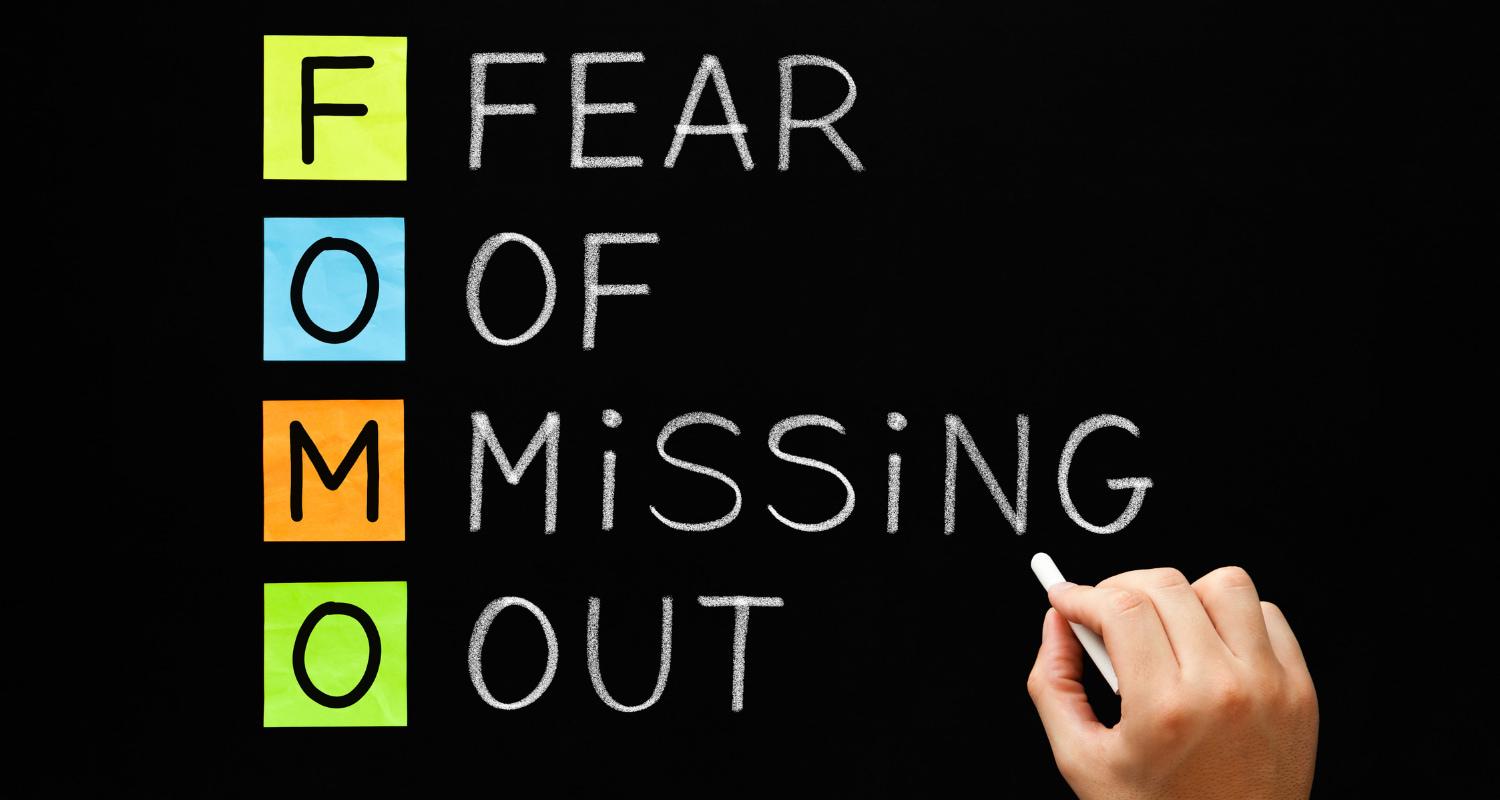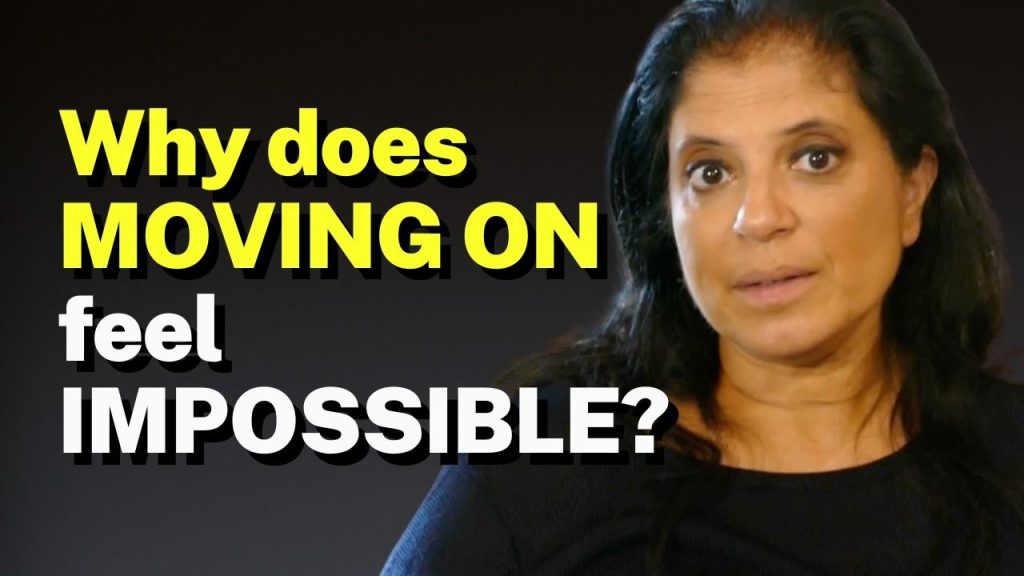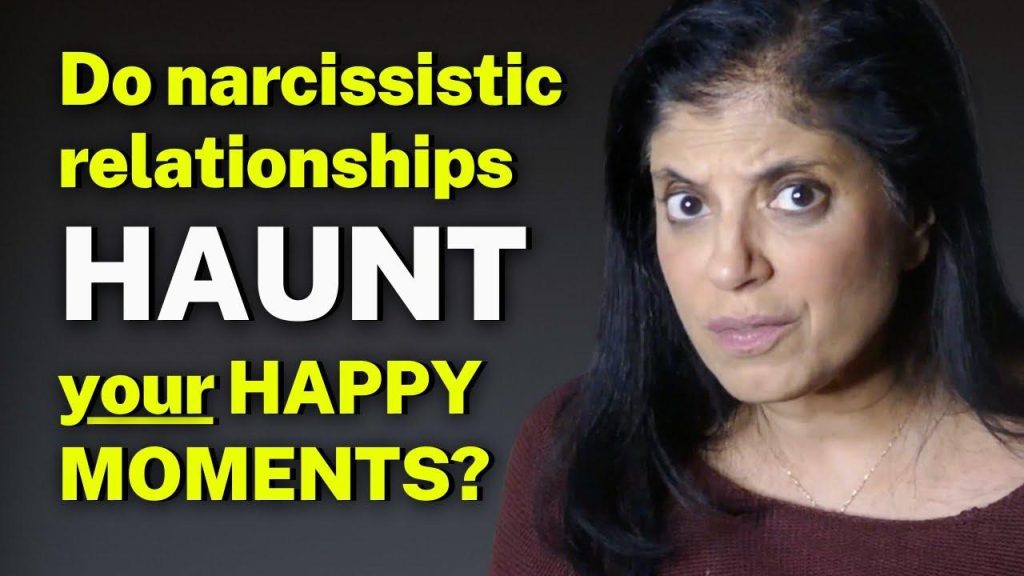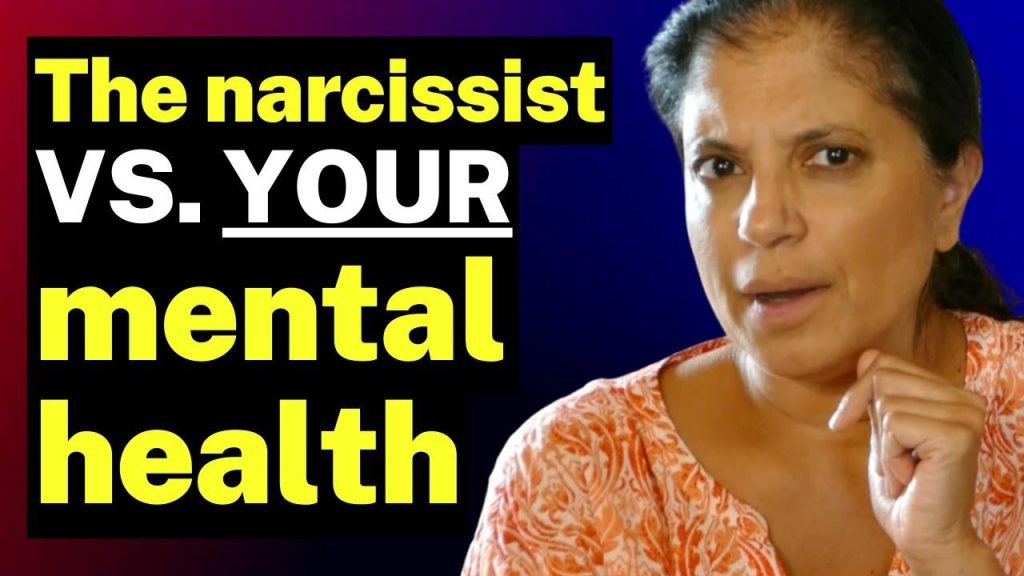In today’s fast-paced, hyper-connected world, it’s easy to feel like you’re drowning in a sea of notifications, messages, and endless scrolling. With information at our fingertips, the digital realm can quickly shift from being a helpful resource to an overwhelming deluge. Do you find yourself constantly checking your phone, struggling to concentrate, or feeling more stressed than relaxed after a binge of screen time? If so, you might be experiencing the nagging effects of digital overload.
In this listicle, “8 Signs You’re Overwhelmed by Digital Overload (and How to Fix It),” we’ll explore the subtle, yet telling indicators that reveal when technology is straining your mental well-being. From heightened anxiety to the inability to focus, these signs may resonate more than you realize. But fear not! Alongside each symptom, we’ll also provide practical solutions to help you reclaim your time and peace of mind. So, if you’re ready to shift from overwhelm to balance, let’s dive into the eight key signs and their antidotes.
1) Constantly Checking Your Devices: If you find yourself reaching for your smartphone or tablet at every possible moment, even in social situations or during downtime, it’s a sign that digital overload has crept into your life. To combat this urge, set specific times during the day to check your devices and engage in tech-free activities, like reading a book or going for a walk
If you find your fingers instinctively reaching for your smartphone or tablet at every available opportunity, it’s a clear indication that you might be experiencing digital overload. This compulsive behavior often manifests in social situations, where instead of engaging with those around you, you might be scrolling through notifications, emails, or social media feeds. This constant checking can alienate you from meaningful interactions and diminish your ability to be present in the moment. Establishing boundaries is crucial in this digital age. Try setting specific time slots during your day dedicated to checking devices, rather than allowing spontaneous habits to dictate your time.
In addition to setting boundaries, it’s important to invite tech-free activities into your routine. Engaging in activities like reading a physical book, journaling, or taking a walk can provide a refreshing break from screens and help ground your thoughts. Consider planning a daily or weekly ritual that promotes disconnecting from technology. Here are a few ideas to inspire you to embrace more offline moments:
- Morning rituals: Start your day without screens for at least the first hour.
- Nature escapes: Plan regular walks in the park or natural settings to recharge your mind.
- Family game nights: Enjoy quality time with loved ones through board games or card games.
- Crafting or hobbies: Rediscover interests such as painting, knitting, or cooking that demand your focus.

2) Feeling Anxious Without Your Phone: Do you experience a surge of anxiety when you can’t find your phone or when it’s out of reach? This dependency can indicate that digital overload is affecting your mental health. To address this, practice mindfulness techniques, such as deep breathing or meditation, to help you detach from your devices and reconnect with your surroundings
It’s a familiar scenario: you reach for your phone only to realize it’s missing, and an immediate wave of anxiety washes over you. This heightened sense of distress can suggest that your connection to your device has become more than just a habit—it’s a dependency rooted in digital overload. As you navigate your daily life, it’s crucial to recognize the signs of this digital reliance. This dependency can hinder your ability to engage with the world around you and spur feelings of unease when separated from technology. When your mind races at the thought of being unreachable, it’s a signal that your mental well-being might be at stake.
To combat this anxiety and its underlying causes, incorporating mindfulness practices into your routine can be incredibly beneficial. Simple techniques such as deep breathing and meditation can help ground you, allowing you to cultivate a stronger connection with the present moment. Consider scheduling short sessions during your day to step away from screens and recalibrate your mind and emotions. By focusing on your breath or observing your surroundings, you can gradually diminish the grip your phone has on your mental state, fostering a healthier relationship with technology. As you build these mindfulness habits, you’ll find that moments of disconnection from your device no longer trigger anxiety, but rather become opportunities for self-reflection and peace.

3) FOMO (Fear of Missing Out) Is Your Constant Companion: If you’re constantly worried about missing updates, notifications, or social events, it may be a sign that youre overwhelmed. To ease the FOMO, consider designating “digital detox” days—periods where you stay offline. This will help you appreciate moments in real life without the distraction of digital notifications
Experiencing a persistent sense of FOMO, or the fear of missing out, can disrupt your mental clarity and enjoyment of life. If each notification sends a ripple of anxiety through your mind, it might be time to reevaluate your digital habits. Consider setting aside specific days for a digital detox—this doesn’t have to mean complete disconnection but can be dedicated times where you consciously limit engagement with your devices. During these breaks, focus on real-world experiences that bring joy, such as spending time in nature, reading a physical book, or engaging in hobbies that enrich your life away from screens.
Designating detox days also creates a powerful contrast that enhances your appreciation of both your offline life and digital life. By clearly marking the times when you are accessible versus when you are not, you can take control of your digital engagement. Here are a few strategies to help ease the FOMO:
- Scheduled Breaks: Use a calendar to set aside regular offline time.
- Offline Activities: Find new hobbies that keep you engaged without screens.
- Simplify Notifications: Mute unnecessary alerts, so only the important messages reach you.

4) Struggling to Focus on Simple Tasks: When a simple task feels daunting because you’re bombarded by digital distractions, you may be experiencing digital overload. To regain focus, try using techniques like the Pomodoro Method, where you work in focused bursts with timed breaks, allowing you to dedicate your attention and while intentionally unplugging during your break times
In today’s digital landscape, the relentless stream of notifications, emails, and alerts can make even the simplest tasks feel monumental. This occurs when your mind is overloaded with countless stimuli vying for attention, often leading to a sense of overwhelm. To combat this, practice techniques such as the Pomodoro Method, which encourages you to work in defined intervals—typically 25 minutes of focused work followed by a 5-minute break. This structured approach not only enhances your productivity but also allows your brain to recharge during breaks, minimizing the distractions that can derail your focus.
Utilizing additional strategies can further assist in regaining clarity. Consider creating a prioritized task list to visually outline what needs to be accomplished, breaking down larger projects into smaller, manageable actions. It’s also beneficial to establish a distraction-free environment: turn off unnecessary notifications and allocate specific times for checking messages. By implementing these methods, you can scaffold your workflow, turning daunting tasks into achievable goals while fostering a healthier relationship with technology.
The Conclusion
As we wrap up our exploration of the eight telltale signs that you might be feeling the weight of digital overload, it’s essential to remember that you’re not alone in this struggle. In a world increasingly defined by screens and notifications, it’s all too easy to find ourselves overwhelmed. The good news is that awareness is the first step toward reclaiming your peace of mind.
By recognizing these signs and taking conscious steps to alleviate the pressure, you can create a healthier relationship with technology. Whether it’s setting boundaries, scheduling digital detoxes, or simply being more mindful about your screen time, each small change can lead to significant improvement.
So, take a moment to reflect on your digital habits. Is it time for a reset? Embrace the journey to a more balanced and intentional connection with the digital world. After all, life beyond the screen is waiting for you—full of joy, creativity, and genuine connections. Now go forth and navigate your digital landscape with both awareness and purpose!



